While customer marketing and community marketing are each rock-solid strategies in their own right, they can complement each other - like macaroni and cheese - both versatile and important in their own right, but even more brilliant together.
Through collaboration, customer marketing teams can provide community marketing teams with valuable insights into customer behavior and preferences, while community marketing teams can provide customer marketing teams with valuable feedback on what is resonating with customers.
For example, customer marketing teams may use data from community marketing activities to create more targeted and personalized promotions for their customers.
1. Goal sharing and alignment
Customer and community marketing teams can work together by aligning their goals and objectives, ensuring they both support the overall vision and mission of the company.

2. Collaborative Planning
Both teams can come together to plan and execute marketing initiatives, leveraging each other’s expertise and resources to maximize impact and efficiency.
3. Cross-promotion
Customer marketing can promote community engagement opportunities to its audience, while community marketing can highlight customer success stories to build trust and credibility.
4. Joint analytics
By sharing data and insights, both teams can gain a better understanding of customer behavior and preferences, enabling them to optimize their marketing efforts.
5. Campaign integration
Customer and community marketing teams can collaborate on integrated campaigns that bring together the best of both worlds, providing a unified experience for customers and creating a stronger connection with the brand.
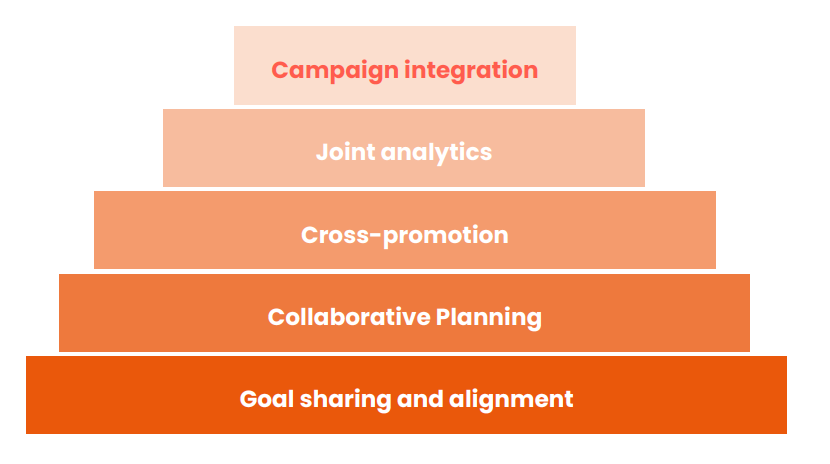
Success metrics
Customer engagement metrics
It’s important to understand the value of monitoring customer engagement. By measuring how engaged customers are with your brand, you can gain valuable insights into their behavior and preferences, and make data-driven decisions to optimize your marketing strategies.
Monitoring engagement can help you track how customers are interacting with your brand online, and identify opportunities to improve your community and social media presence and drive engagement.
Other ways of tracking engagement, which’ll give you concrete numbers and data, rather than relying on sentiment, are as follows:
Taking it even further, developing online courses and tutorials is a powerful tool, too. You can work with members or your own team to create or curate online courses, tutorials, or video series that cover specific topics related to the community’s interests.
Make these resources easily accessible to members and encourage them to share their progress or learnings. Then, you can factor in the community gamification aspect to further reward the progress your members have made, and encourage other members to get involved.
Customer Satisfaction (CSAT) Score
This metric measures the level of satisfaction customers have with their overall experience with your brand. It can be obtained through surveys, feedback forms, or post-purchase evaluations. A high CSAT score indicates positive customer Satisfaction.
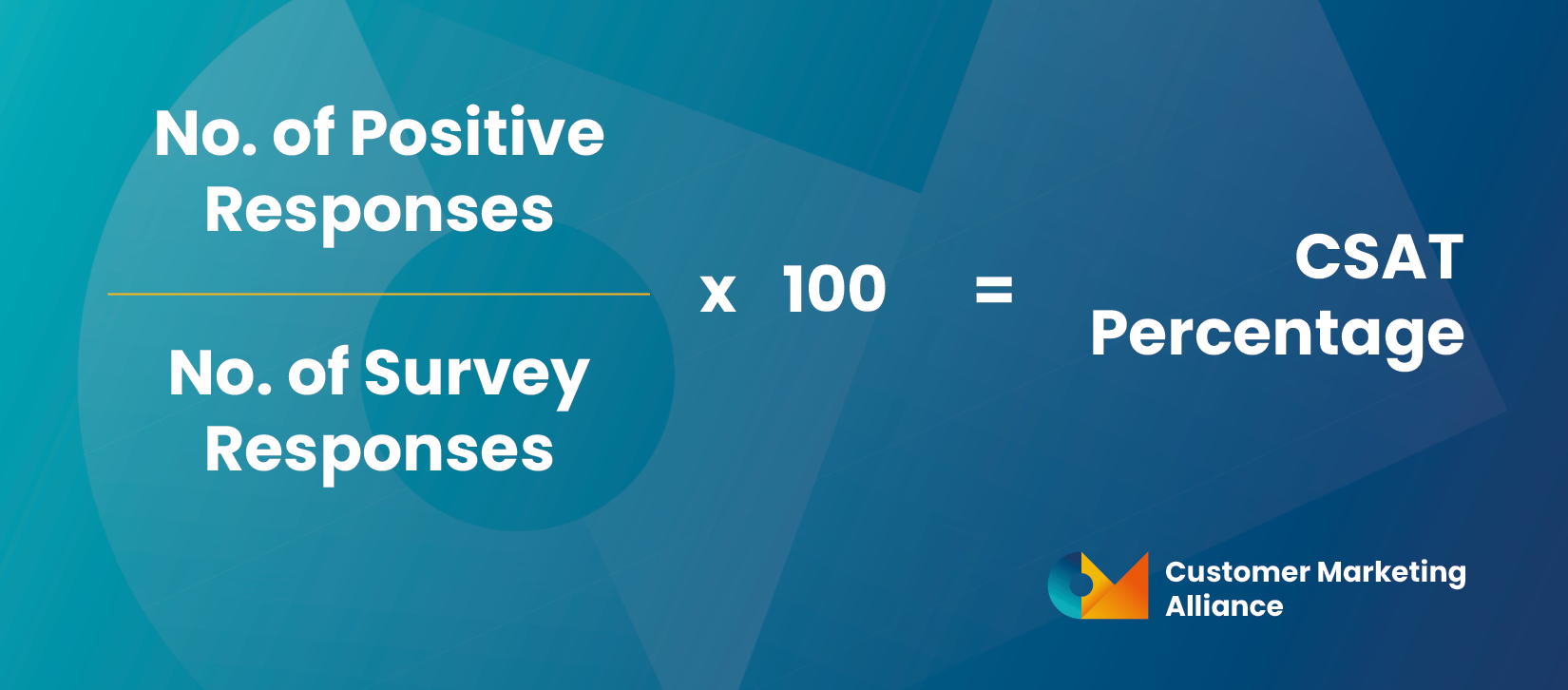
Customer Retention Rate
This metric measures the percentage of customers who continue to engage with your brand over a period of time. A higher customer retention rate can be a good indication of successful customer engagement, as it means customers are returning and continuing to do business with your brand.
Net Promoter Score (NPS)
NPS measures the likelihood of customers recommending your brand to others. It is a good indicator of customer advocacy and engagement. NPS is typically obtained through surveys that ask customers to rate their likelihood of recommending the brand on a scale from 0 to 10.
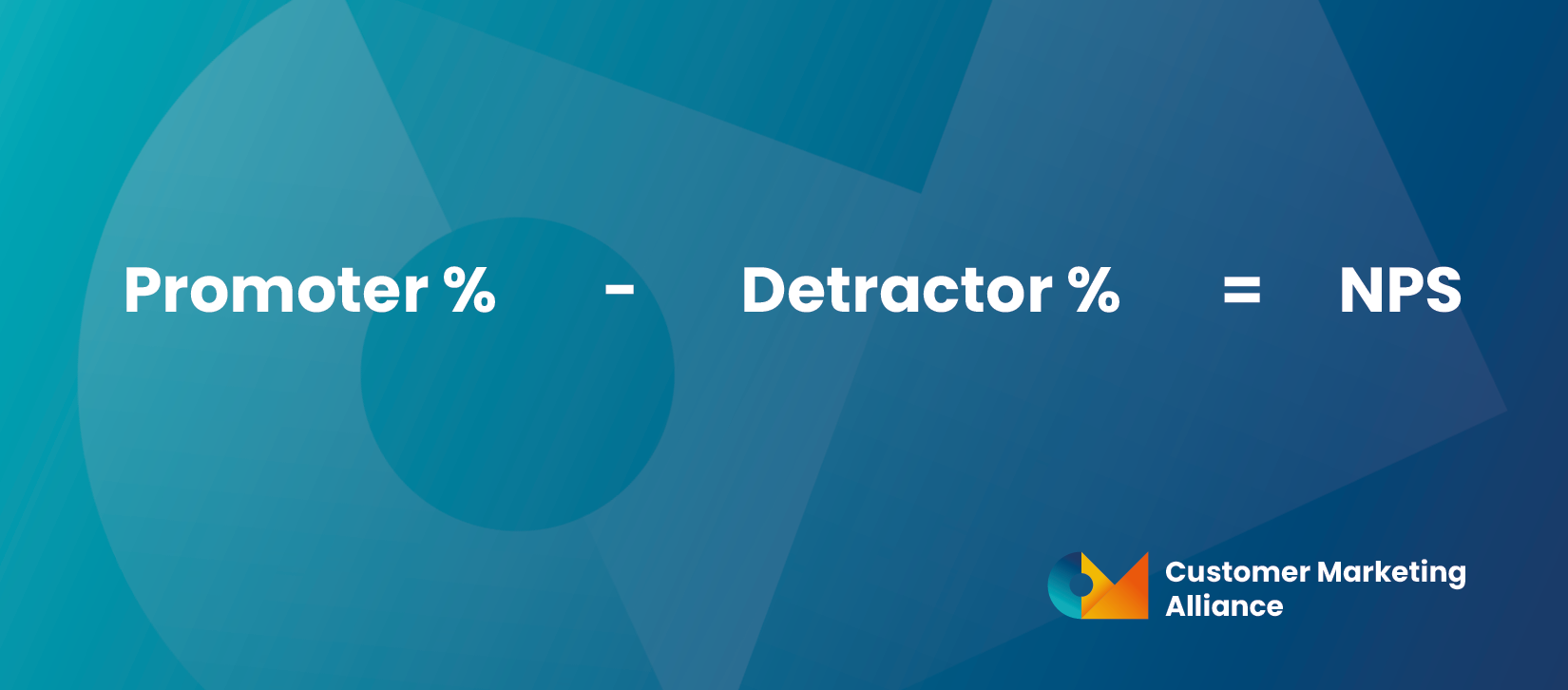
Conversion Rate
This metric measures the percentage of customers who complete a desired action, such as making a purchase or signing up for a newsletter. A higher conversion rate indicates successful customer engagement, as customers are taking the desired actions and moving along the customer journey.
Engagement Metrics
These include various metrics such as click-through rates (CTR), open rates, social media engagement, and website traffic. These metrics indicate the level of customer engagement with your brand’s marketing campaigns, content, and social media activities. These can also be applied to any community forums and channels you’re currently running.
Customer Lifetime Value (CLV)
CLV measures the total value a customer brings to your brand over their entire lifetime as a customer. Higher CLV indicates successful customer engagement, as it means customers are making repeat purchases and staying loyal
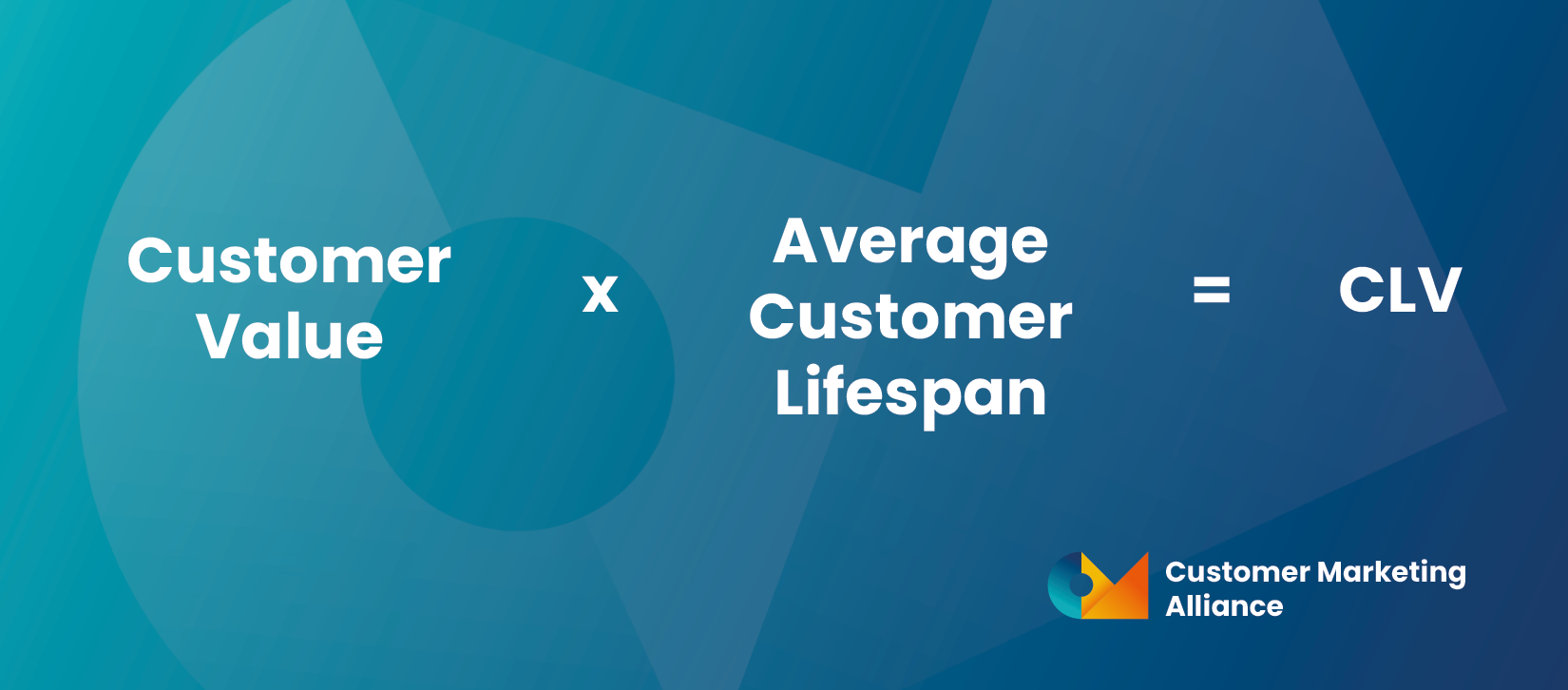
Customer Feedback and Reviews
Monitoring customer feedback and reviews, both positive and negative, can provide valuable insights into customer engagement. Positive feedback and reviews indicate satisfied and engaged customers, while negative feedback can highlight areas that need improvement.
Customer Complaints and Returns
Monitoring customer complaints and returns can provide insights into areas where customer engagement may not be optimal. High volumes of complaints or returns may indicate issues with product quality, customer service, or even things like brand presentation and identity.
Social Media Mentions and Sentiment
Monitoring social media mentions and sentiments about your brand can provide insights into customer engagement. Positive mentions and sentiments indicate engaged and satisfied customers, while negative mentions and sentiments may indicate areas that need improvement.
Referral Program Performance
If your brand has a referral program in place, tracking the performance of the program can indicate the level of customer engagement. Higher referral rates and successful referral conversions indicate engaged customers who are willing to refer your brand to others.
It’s important to customize these metrics based on the specific goals, objectives, and industry of your brand. The chosen metrics should align with the overall customer engagement strategy and provide actionable insights to improve customer engagement efforts.
Dave Hansen, Global Advocacy Marketing Director at LRN, and Ones to Watch Nominee, spoke about his tips for developing a customer marketing program:
“Be intentional and set priorities. This seems obvious, but when everything is a priority, nothing is a priority. The same goes for your community. You will NOT be able to accomplish everything that a community can deliver in your first year. Build a roadmap for your community and what you want to accomplish… share that with your team and set expectations.
“As you create priorities, remember that membership and engagement drive all. As engagement builds, layer in additional goals. It’s okay to say no to some priorities, but have a plan for how to get there and a sense of your timeline.
“It takes a lot of planning to be spontaneous. Much like setting your priorities for scaling your community, you also need to plan for the client experience within your community. Build an editorial calendar and engagement plan.
“What do you want/need to know about your customers? When/how do you recognize them? Setting up some guardrails and content plans will help you find those spontaneous moments of delight much easier!” - Dave Hansen, Global Advocacy Marketing Director at LRN
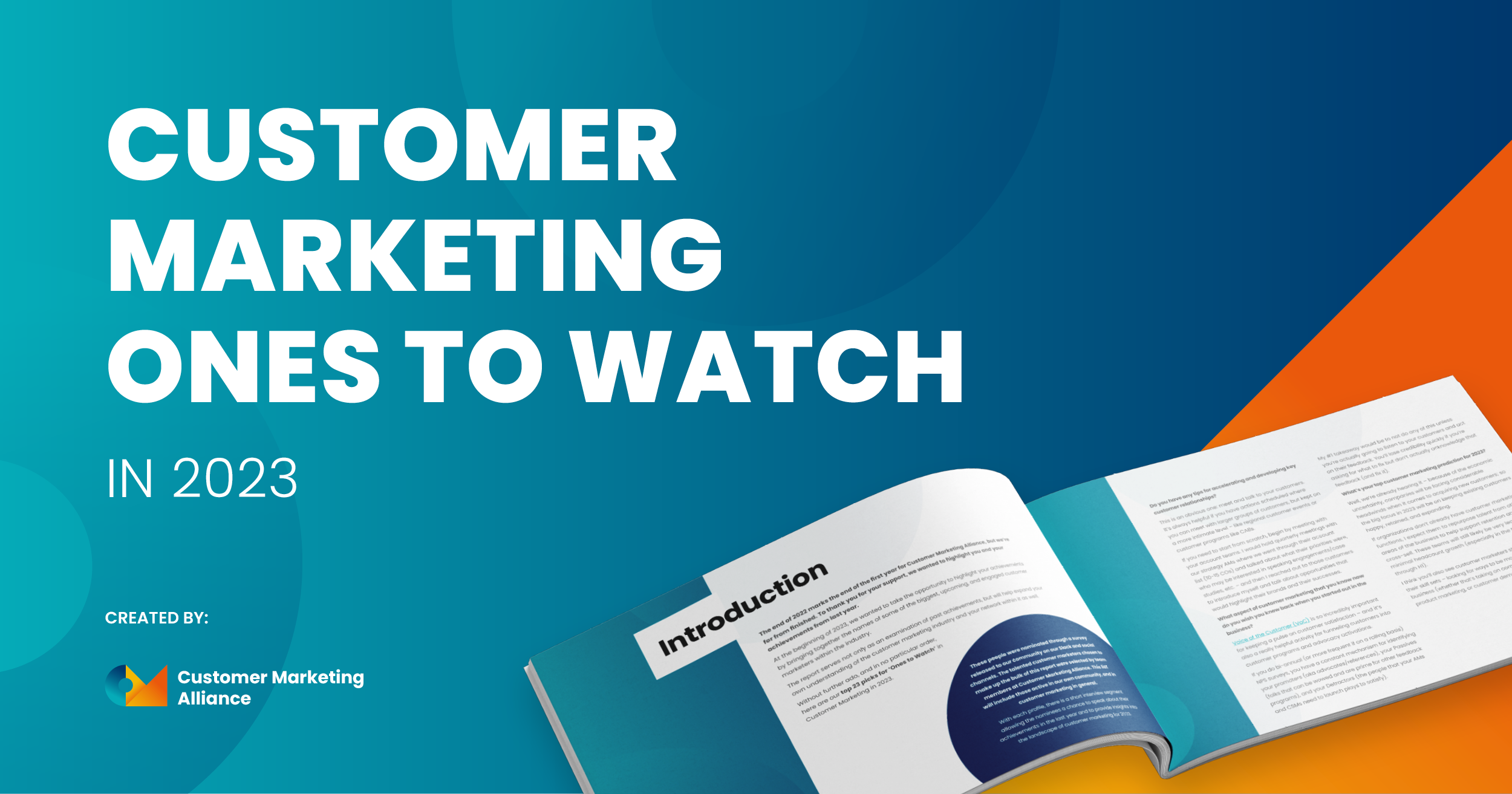
Measuring community engagement
To measure community engagement, in addition to the above metrics used by customer marketers, you can use Key Performance Indicators (KPIs) or Objectives and Key Results (OKRs). Key performance indicators, or KPIs, are performance metrics designed to measure the success of a project, activity, or business.
Objectives and Key Results, or OKRs are a goal-setting framework that outlines high-level objectives and notes measurable key results that articulate what it means to have achieved the objectives. They’re open-ended and aspirational, designed to push you to be the absolute best.
Here’s an example of each:
KPI example
KPI: Increase the Monthly Active Users (MAU) in the online community forum.
Definition: Monthly Active Users are the unique users who have engaged with the community forum at least once within a month. Engagement can include actions such as posting, commenting, liking, or sharing content.
Target: Achieve a 15% increase in MAU over the next quarter. To track this KPI, you can use community management or analytics tools that provide insights into user activity. Regularly monitor the growth in MAU and analyze the impact of different community initiatives on user engagement, such as hosting webinars, AMAs, or implementing gamification elements.
OKR Example
Objective: Strengthen community engagement and foster a sense of belonging among members.
Key Results (KR):
KR1: Achieve a 20% increase in the number of users who contribute content (posts, comments, or shared resources) in the online community forum over the next quarter.
KR2: Increase the average number of comments per post by 10% over the next quarter, indicating deeper engagement and conversation among members.
KR3: Organize at least 2 virtual events per month, such as webinars, workshops, or meetups, and achieve an average attendance rate of 70%.
To track these OKRs, you would monitor the relevant data points for each Key Result, such as the number of users contributing content, average comments per post, and event attendance rates. By doing so, you can assess progress toward your objective and make adjustments to your community engagement strategy as needed.
Level up your customer and community engagement
This was just a small snippet of the invaluable resources you can find in our playbook collaboration with CLA. Inside, we discuss:
🔥 Top tips for a powerful customer engagement strategy.
🏋️ Detailed exploration of successful community engagement tactics.
👯 Customer and community team collaboration: Learn ways to synergize.
📈 Success Metrics: understand how to know if your engagement strategy is effective.
💭 Case studies: Real-life engagement examples from The Alliance.
🤓 and much more.


 7 min read
7 min read
 Follow us on LinkedIn
Follow us on LinkedIn




